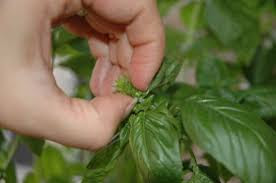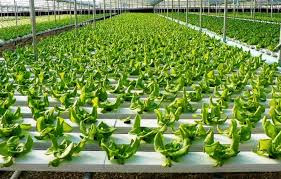Growing herbs can be very satisfying and pleasurable, but a few little things can make it annoying as well. Here are few mistakes new herb gardeners often make and how you can fix them for ultimate garden success!
- While there is something special about starting a plant from seed and watching it developing, there is a lot that can go erroneous when starting seedlings. Seeds necessitate a proper environment for germinating and being kept growing indoors before it is time to plant outside. This enables you to start with a healthy plant and avoiding the displeasure of not having plants to grow in the spring.
- For a first time gardener, basil is an ideal trainer herb. It is a quick grower and it bounces back perfectly well when not watered enough. This flexibility enables you to find things out with a plant that can take a little neglect. The fact basil is so adaptable on recipes and a well-loved herb is yet another added advantage.
- A well-prepped garden with fresh soil can go a long way. Using soil that is exhausted, with no nutrients left, cannot make the cultivation of herbs a success. In your garden, add some compost and manure in the soil to make it perfect for growing herbs. Do not use garden soils in pots instead use a potting soil as it will be lighter and fluffier, perfect for herb growing.
- While house plants and herbs within may flourish with a good watering once a week, that just would not cut it for plants left in the garden. Most herbs will necessitate moderate and regular watering, particularly in the hot summer months. If you are growing in pots, ensure the pot has sufficient drainage; this will stop your herbs from drowning after a long rainy period. The downside with growing in pots is your herbs will require even more water than if they are planted in the ground.
- Few herbs offer complimenting flavors to the food but forget their manners when planted in your garden. Herbs such as mint and oregano are insatiable growers and get downright violent in a garden. To keep the rest of your garden plot protected, think about growing these herbs in pots and burying them in the ground. The extra measure of control a pot puts on the roots of these herbs can keep them from moving in to the rest of your garden and prompting taking over. The surest way to guard your garden from this danger is to grow them in pots grown on ground.
- Unless you are growing edible flowers, you should be cutting back herbs prior to they start growing flowers. Most people often note their sweet basil turns sour in the middle of the summer and this is because those flowers damage the flavor. Keep cutting off flower buds if you find them and it will keep your herb focused on growing leaves.



